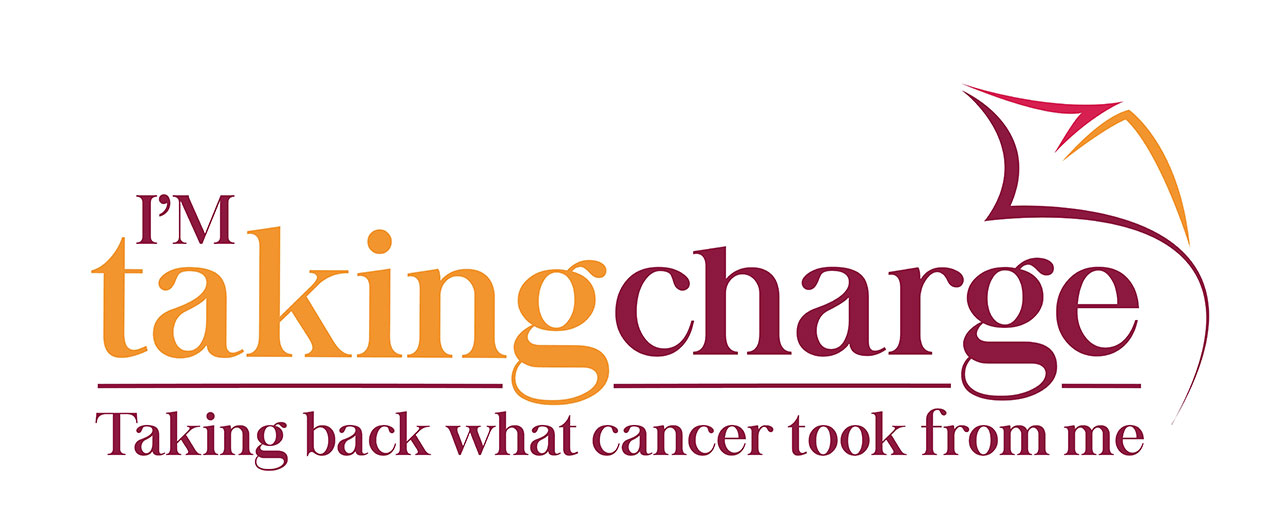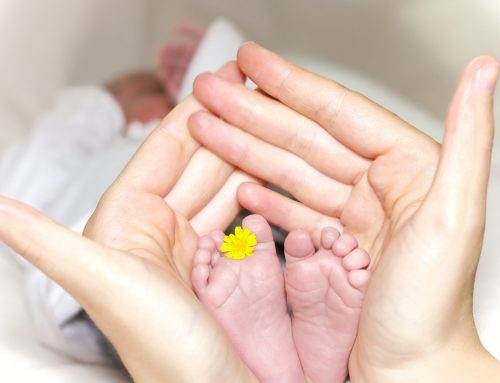On this last day of our breast cancer screening month, Kelly Nemecek shares the beginning of her journey. She’ll share more next week as we shift our focus to breast reconstruction decisions.
April 4, 2015 is my personal date which will live in infamy. My husband Tomas was leaving for a three week trip to Nepal and my twelve-year-old daughter and I were looking forward to some girl time. That same day in the shower I just happened to notice my left nipple was flatter than the right and the firm area behind that nipple was larger. A lot larger.
How did I not notice this before?
I was always vigilant about mammograms but apparently lax in self-exams. So one ultrasound, mammogram and biopsy later and eleven days after that day in the shower, I officially had Stage IIIA invasive lobular carcinoma. I remember very little of my first oncologist appointment because there was so much information to digest. I wished I’d prepared some questions in advance.
One memorable moment though was when he gave me this pie chart with prognosticators for my chances of survival. According to this chart which I call The Cancer Chart of Doom, I had a 74% chance of being alive in ten years with his prescribed treatment. The percentage went down based upon getting only some treatment and ultimately 50% if I chose no treatment. I hid that morbid chart in my closet but I kept pulling it out and staring at it until I finally realized it does no good to focus on what might happen.
Mastectomy day was May 21, 2015 and there are not enough words to describe my feelings before surgery. Paralyzingly fear, hopelessness, self pity to name a few. I decided I had to think of it as losing ticking time bombs.
I awoke after surgery, stoned in a morphine induced-fog and mumbled “wonder where my boobs are now?” Tomas, attempting to diffuse the somber mood, went over to the white board and under “Your Questions/Comments” he wrote “Where are my boobs?” I laughed and laughed until it hurt to laugh.
This exact moment set the tone for how I would cope with this new horror in my life-my sense of humor.
Don’t misunderstand, there is nothing funny about cancer, but finding the humor throughout this experience and blogging about it has been cathartic and kept me sane.

Kelly Nemecek
Stay tuned for more about Kelly’s experience with mastectomy and reconstruction. You can learn more about Kelly and her journey at her blog, Kelly’s Cancer Beat Down Blog.
One More Thing . . . (parting thoughts on our breast cancer screening month, by ITC writer/podcaster Robin Gardner)
As January comes to a close, most of those well-meaning New Year’s resolutions will fall by the wayside. Our lives become so busy, and we juggle so many roles. Women often just put their health and well being on the back burner.
It’s important to remember the recommendations from the American Cancer Society:
Women ages 40 to 44 should have the choice to start annual breast cancer screening with mammograms (x-rays of the breast) if they wish to do so. Women age 45 to 54 should get mammograms every year. Women 55 and older should switch to mammograms every 2 years, or can continue yearly screening.
With these commonly shared recommendations it’s hard to understand why in 2017 some women will still put off a mammogram and monthly self exams. One reason could be because they don’t have all the information they need to make an educated decision, or it could be as simple as fear.
Fear can cloud rational thinking. We all have that fear . . . finding something in a mammogram, and hearing those three words “you have cancer.” Unfortunately, some women become so overwhelmed with anxiety that they postpone screenings, or even skip them altogether for fear of bad news.
Ironically, it’s these very examinations that can help save lives by finding breast cancer early on, when it’s most treatable. When breast cancer is found at its earliest, most treatable stage, a majority of women, about 98 percent, go on to live full, healthy lives.
How can you help? Become an over sharer. Tell everyone you love the facts about pre-screening and self exams. Share the importance of mammograms for breast cancer, and how becoming educated on specific breast cancer risks can save lives.
This month our articles have covered everything from basic information on what every woman should know about early detection, answering questions on the risks of screening for breast cancer during pregnancy and breastfeeding and how mammograms work and why breast density matters. Our podcasts this month featured Dr. Stephanie Hines, from the Mayo Clinic in Jacksonville, Florida. She discussed the breast cancer gene and how it relates to screening for breast cancer.
We want to end this monthly focus with a short, concise list of facts directly from Mammography Saves Lives:
- The ten-year risk for breast cancer in a 40 year old woman is 1 in 69.
- One in 6 breast cancers occur in women aged 40-49.
- Mammography has helped reduce breast cancer mortality in the U.S. by nearly 40% since 1990.
- Three quarters of women diagnosed with breast cancer have no family history of the disease and are not considered high risk.
- Even for women 50 plus, skipping a mammogram every other year would miss up to 30% of cancers.
- For every 1,000 women who have a screening mammogram
- 100 are recalled to get more mammography or ultrasound images
- 20 are recommended for a needle biopsy
- 5 are diagnosed with breast cancer
Make a difference in someone’s life . . . share these facts with a friend!






Leave A Comment